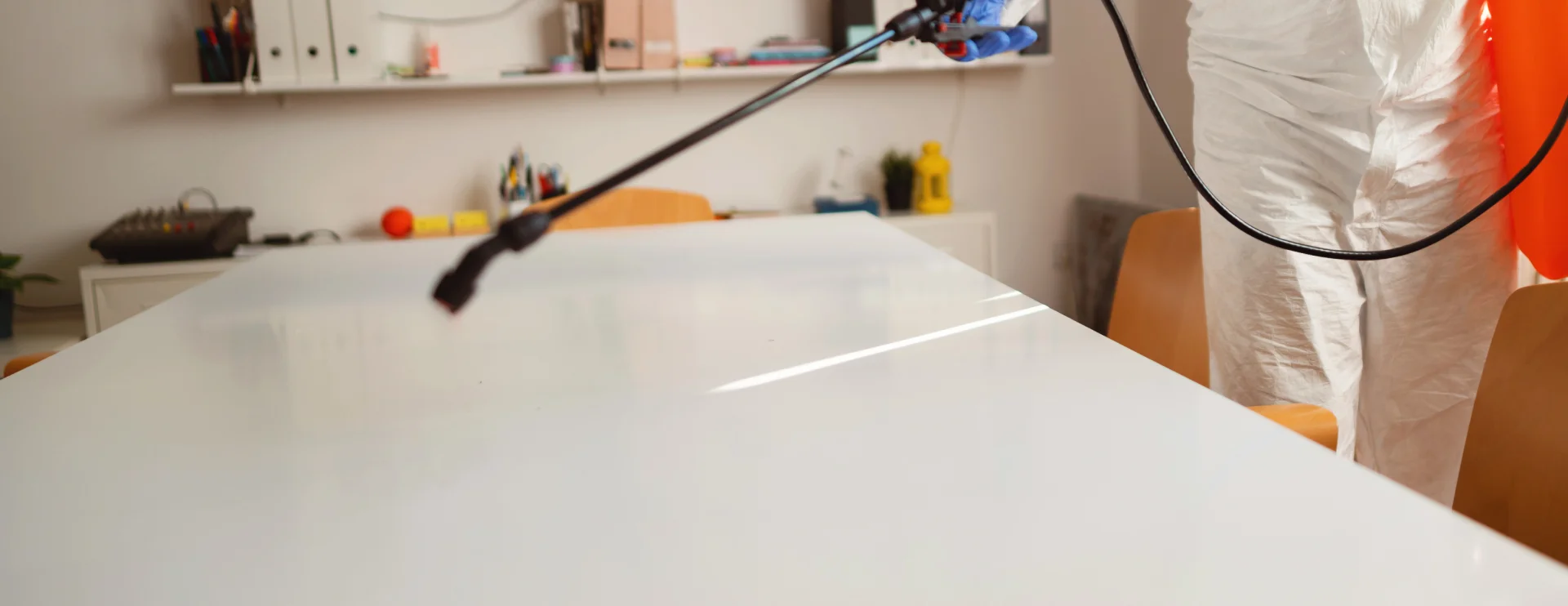Yes, bed bugs have shown significant resilience to many common pesticides, making controlling infestations more challenging. Their resistance to pesticides is one of the primary reasons why bed bug eradication can require a multi-faceted approach.
Factors Contributing to Pesticide Resistance
1. Genetic Resistance
- Natural Selection: Bed bugs have developed genetic mutations over time that make them less susceptible to certain chemicals. When a population of bed bugs is exposed to pesticides, those with resistant genes are more likely to survive and reproduce, passing on their resistance to future generations.
- Cross-Resistance: Bed bugs may develop cross-resistance to multiple types of pesticides, particularly if those pesticides share similar modes of action. This means that a bed bug population that is resistant to one pesticide may also be resistant to others, even if they haven’t been directly exposed to them.
2. Behavioral Adaptations
- Avoidance: Bed bugs have become adept at avoiding treated areas. They may hide in cracks, crevices, or other areas where pesticides are less likely to reach, reducing their exposure to harmful chemicals.
- Slow Movement: Bed bugs can reduce their movement in response to pesticide exposure, decreasing the likelihood of contact with treated surfaces.
3. Biochemical Mechanisms
- Enzyme Production: Bed bugs produce enzymes that can break down or neutralize certain pesticides before they can take effect. This biochemical defense mechanism further enhances their resistance.
- Thicker Exoskeleton: Some bed bugs have developed a thicker exoskeleton, which can prevent pesticides from penetrating and reaching the nervous system.
Implications for Bed Bug Control
Given their resilience to pesticides, successful bed bug control often requires an integrated pest management (IPM) approach, which includes:
- Rotating Pesticides: Using different classes of pesticides to minimize the chances of resistance development.
- Combination Treatments: Employing a combination of chemical and non-chemical treatments, such as heat treatments, steam, and vacuuming, to increase the effectiveness of control efforts.
- Professional Intervention: Working with a professional pest control service that can implement a comprehensive strategy, including monitoring and follow-up inspections, to ensure complete eradication.
Conclusion
Bed bugs’ resilience to pesticides makes them particularly difficult to control. As a result, homeowners relying solely on over-the-counter chemical treatments find this approach is often insufficient. Pest Control Professionals have access to more potent chemicals and are licensed to use them safely. Most of the time, professionals can eliminate infestations with one treatment. However, in difficult situations, a well-rounded approach that includes multiple treatment methods and ongoing monitoring is essential for effectively managing and eliminating bed bug infestations.

